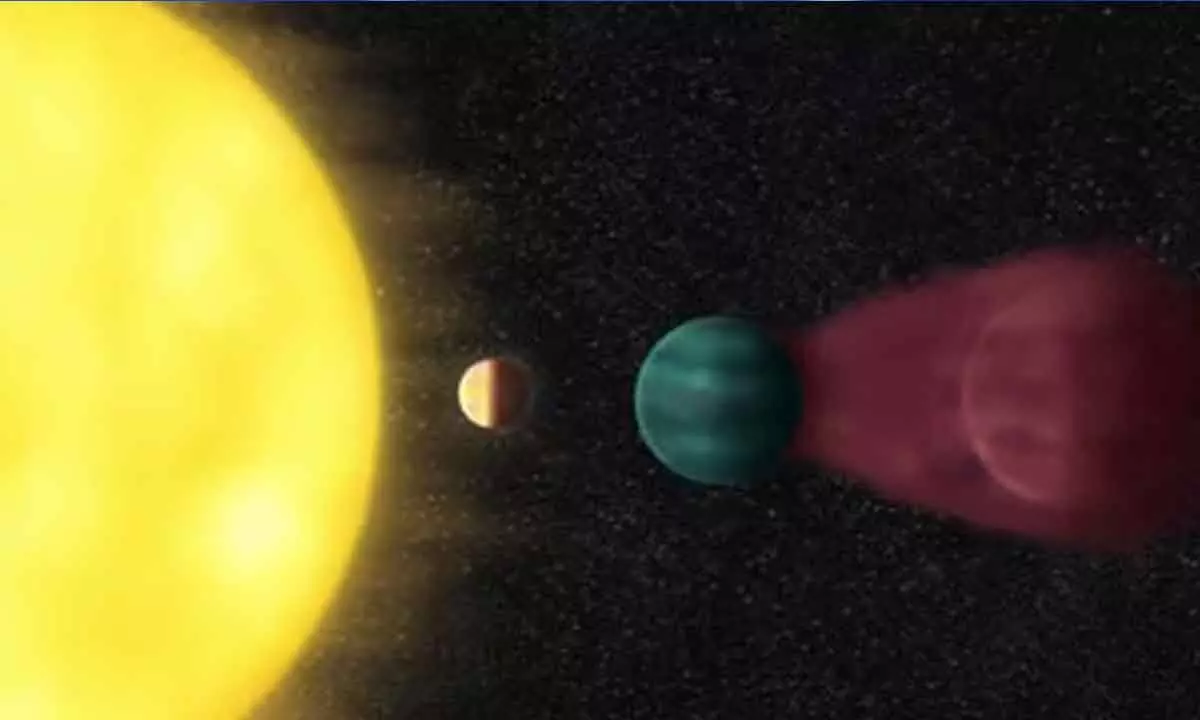A group of scientists has found a planet that is closer and younger than any other Earth-sized planet identified so far. This planet, described in a recent study published in The , presents a unique opportunity for researchers to understand how planets evolve.

The study was co-led by Melinda Soares-Furtado, a NASA Hubble Fellow at the University of Wisconsin-Madison, and Benjamin Capistrant, a graduate student at the University of Florida and recent UW-Madison graduate. The research team, which included UW-Madison graduate student Andrew C. Nine, undergraduate Alyssa Jankowski, and astronomy professor Juliette Becker, believes that HD 63433d, the newly discovered planet, offers valuable insights.
Situated closer and younger than other Earth-sized planets, HD 63433d orbits a youthful star that is visible from both the Northern and Southern hemispheres. This positioning allows a higher number of instruments, such as the South African Large Telescope and the WIYN Observatory in Arizona (both designed and built with UW-Madison’s assistance), to observe the system. Additionally, the proximity of the star offers opportunities to develop novel methods for studying gases escaping from the planet’s interior and measuring its magnetic field.
Melinda Soares-Furtado expressed excitement about the discovery, calling it “our solar backyard.” She emphasized the potential for learning from a star this close and with such a crowded planetary system. The researchers aim to gather information that will contribute to future studies of similar stars in the young group to which HD 63433d belongs.
Leave a Reply